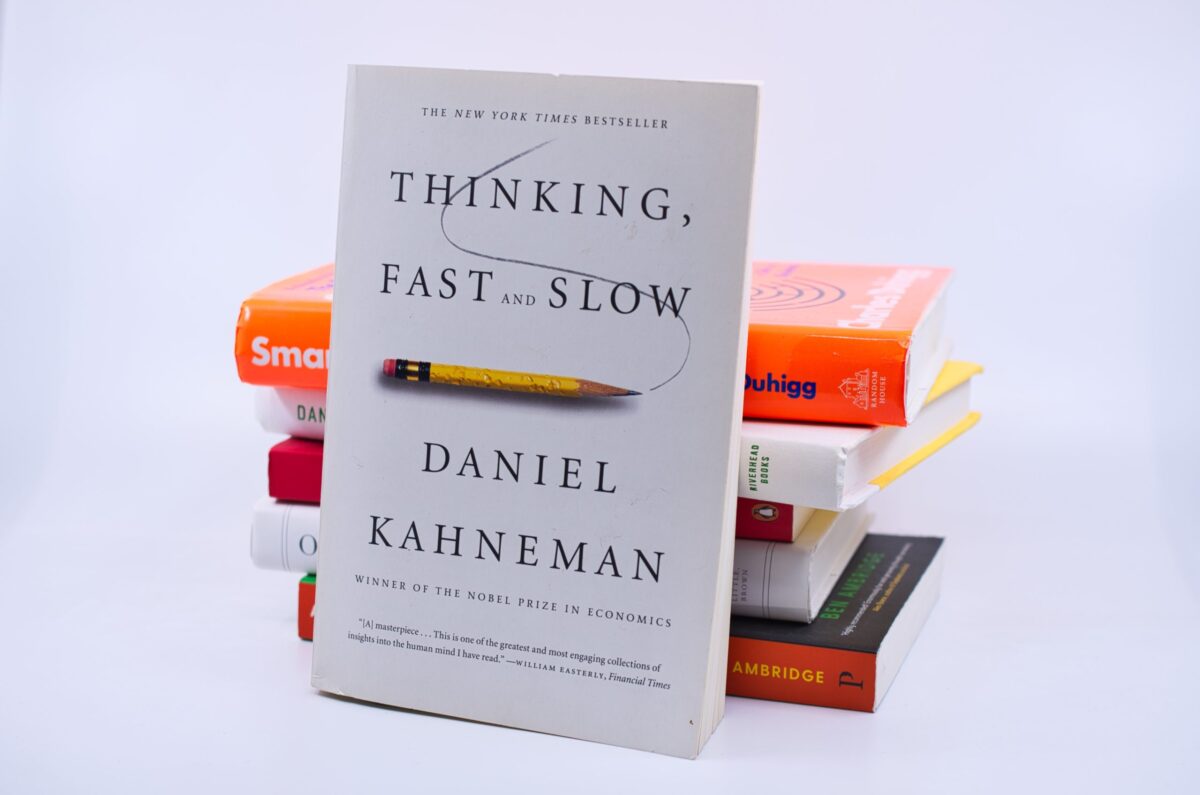

You are still going to work. That’s the mindset you need to adopt when you find yourself working from home. Whether due to a world pandemic such as COVID-19 or you typically do work from home, your mindset frames your day and puts you in the driver’s seat for success.
How you show up for the workday not only affects your mindset, but it also contributes to your mood and can significantly influence the amount of money you make.
Return on Image®
In business, we are accustomed to paying attention to ROI – our return on investment. Similarly, you can measure your own ROI – Return on Image®. Let me explain. Revenue is a by-product of your image. Gaining a Return on Image puts measurable value on the impact one’s image has on themselves, both personally and professionally. Your image and personal brand will either earn you money by attracting the right clients and right opportunities while allowing you to command higher fees, or it will leave money on the table. Your perceived value is in direct correlation to how you present yourself and how others experience you.
The return realized in how you present your inner persona through your outward expressions comes into play in how you show up both personally and on a Zoom call.
Others experience you on video now via Zoom or other video platforms. Part of your personal brand – and corporate brand — is owning the experience people have with you. Think about how you are showing up when you are on that Zoom call. Remember, you are still going to work. Your mindset and what you wear during the day affect your mood, your mindset, and, ultimately, your money.
Be intentional with how you want to show up and how you want people to experience you. Because after others have interacted with you and they think about you, their mind will go back to how you showed up on that Zoom call. They will remember what the interaction was like with you. How did you look on Zoom? What did your work environment look like?
We all make a judgment of people based on how they appear. Clothing serves as a visual reminder to you of your intentions for the day. If you think to yourself, “Well, nobody sees me. I’m working from home.” My response is, “But you see you.” How you see yourself affects your mood and self-esteem. Your confidence is apparent in your body language on a video call, your tone of voice, and even the attire you choose to wear.
We all understand there can be a more relaxed look in your attire when you are working from home. However, that doesn’t mean it should be sloppy or out of character as to what people expect from you. What you wear can affect your productivity and confidence. Getting up at the same time, doing your regular morning routine, and dressing for a workday maintains a sense of normalcy in our routine, allowing us to have some sense of control, especially during times when things seem so out of our control. Dressing pulled together helps us feel pulled together.
How you show up says something about our decision-making skills, our self-discipline, and our professionalism.
What should a person wear when working from home?
Think about your day. Do you have any client-facing video calls? If so, make sure you dress appropriately, especially the part of you that can be seen on camera. While some may feel they only need to dress up from the waist up, I still encourage people to be stand up ready. Combine fashion and function. Indeed, working from home allows you some leeway in being more relaxed in your attire. Again, think about what you have going on for that day and what is appropriate for those interactions and what will make you feel comfortable and productive. There is not a one-size-fits-all. I just remind you to stay true to your brand and what is in character for you.
Tips to bring your best self forward on a video call.
- Pay attention to the eye candy behind you. We can tell a lot about a person by what their home looks like. We know you may not have a dedicated space but do your best to find a place in your home that allows you to have less clutter behind you to minimize distractions. Otherwise, people will tend to focus on all the eye candy behind you when they should be focusing on you. If you are not able to clean up the area behind you, then use a virtual background. Keep in mind, though, if you are on a business video call, to keep the background business appropriate.
- Be mindful of your posture. Sit up with shoulders straight and try to sit a bit more on the edge of your chair, leaning into the camera a bit.
- Adjust your camera to eye level. This allows you to look people in the eye when talking. This angle also slims you by minimizing a double-chin effect that can happen when you look down at a camera.
- Place a lamp on your desk or use a box light or ring light in front of you to ensure good lighting. If you wear eyeglasses, raise the light above your head or place the light off to the side to minimize glare on your eyeglasses. Also, be mindful of what is on your computer screen because sometimes this can reflect on your glasses.
- The colors black and white can be hard on camera, so opt for something like blue, gray, pink, purple, yellow, orange, or red. Avoid green if you are using a green screen. Also, solid colors work best as patterns tend to bounce on camera.
One last thing, get off your couch if you can. Have your own space to go to work in your home. This allows your mindset to go into work mode. When you get up, get dressed for work. Then go to your space and work. When you have finished working for the day, leave that space so your mindset will shift back to focusing on personal time.
If you find yourself crawling out of bed, slipping into sweats, and jumping on the couch with your laptop to begin your workday, you could be blurring the line between work life and home life.
In closing, pay attention to how you arrive for the day because everything communicates.
Are you ready to build a personal brand and image of influence so you look and feel confident wherever you are? If so, contact me at sheila@imagepowerplay.com or 605.310.7166 to schedule a 30-minute call to discuss how we can work together to grow your influence through my return on image® services. To learn more, visit: www.imagepowerplay.com.













